[kl-bogel] Colombo - the actual capital of Sri Lanka
The city's name comes from the Sinhalese «Kola-amba-thota», that is, "mango bay". Arabic, Chinese, Roman merchants visited the port of Colombo for over 2,000 years ago. In the VIII century AD. Oe. Arabs settled here for long. The Portuguese arrived in the XVI century and transformed the city name in honor of Christopher Columbus. In the next century, the Dutch captured the city, and in 1802 became the capital of Colombo, the British colony of Ceylon. Since 1948 - the capital of the Dominion of Ceylon in 1972 - Democratic Socialist Republic of Sri Lanka. In 1983, the official capital was moved to Sri Dzhayavardenepuru-Kotte.

Colombo equally represents the old city's colonial past and the bustling business center of this. On the one hand, this is the legacy of Colombo Portuguese, Dutch and English, which makes itself felt in the temples and monuments, names and religions, clothing, food, and a smattering of their language. On the other hand, the modern buildings of a bustling commercial and shopping areas, and 5-star hotels with night clubs and entertainment. That is an amazing mixture of cultures and religions, times and people have left their imprint on the unique character of the city, where the old colonial style houses side by side with skyscrapers as well as with the ancient Eastern churches.
Drive on the left, the military, the cows, the Buddha, it's hot. These are the first thoughts and impressions that come to mind.
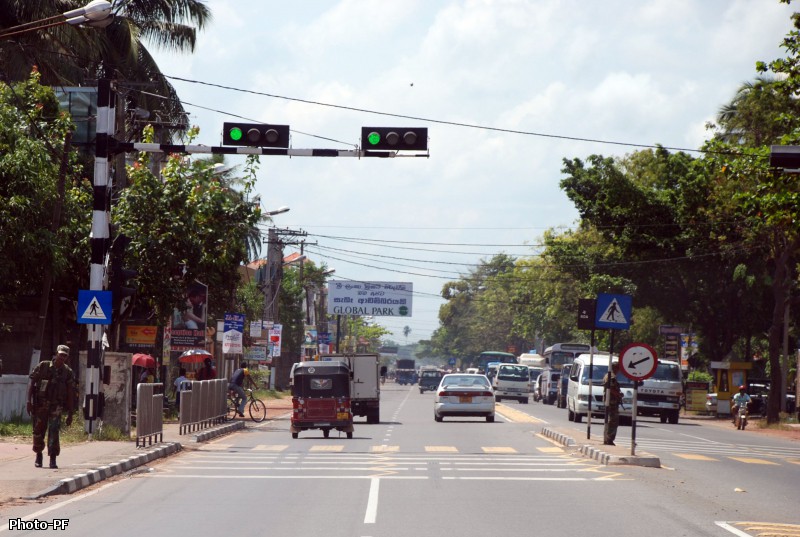
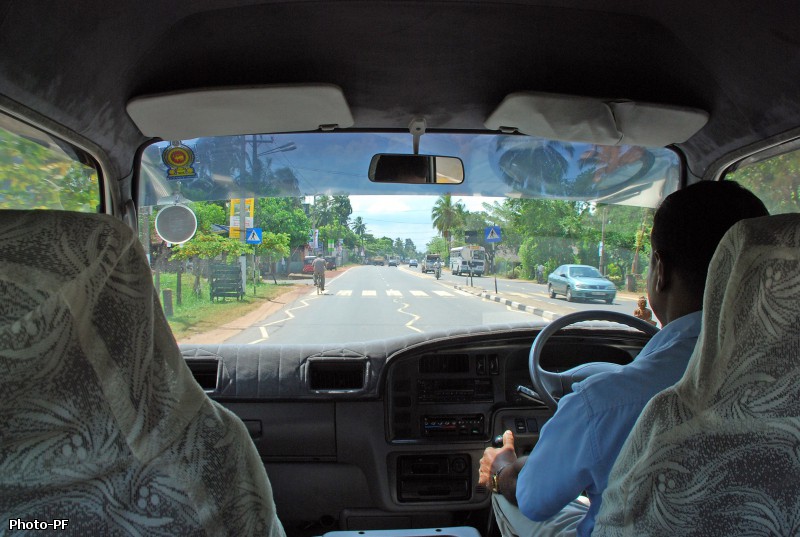
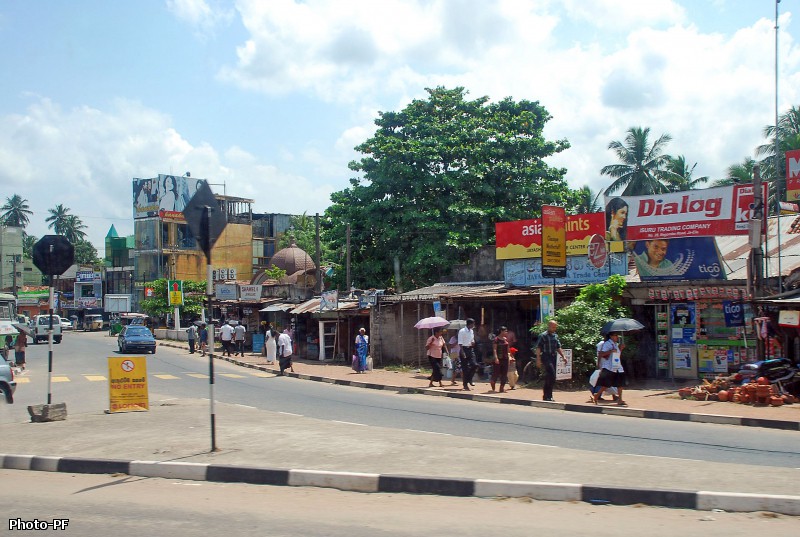
Many statues zobotlivo protected from wind, rain and sunlight. 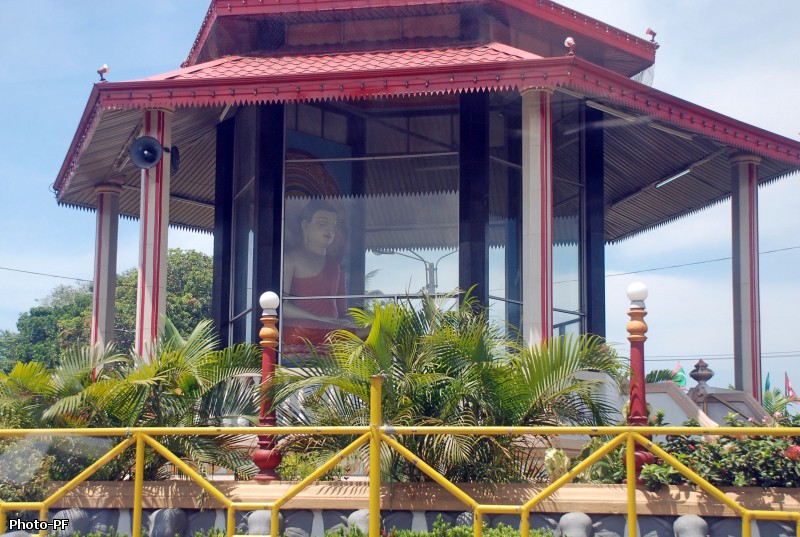
High humidity and high temperatures discourage particular desire to walk down the street, and very good that the so-called tour was in a car with air conditioning.
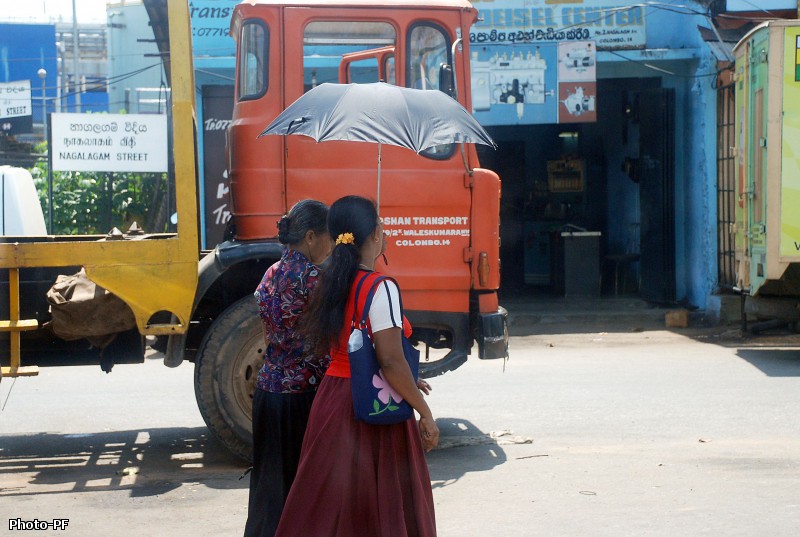
Go everywhere by armed soldiers, at a time when we were there, a separatist organization, "the Liberation Tigers of Tamil Eelam '(LTTE) has not yet been defeated.


Cows, as well as in India, are considered sacred animals, they can walk, lie down, eat anything that came in various locations. Can not be said about the buffalo and other ungulates.

Heavy traffic and a lot of fat-the fat is present, as well as in other major Asian cities.
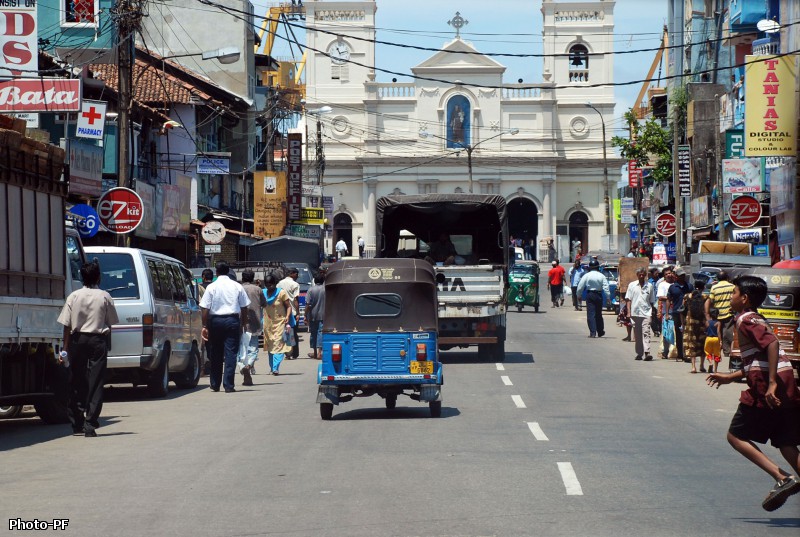
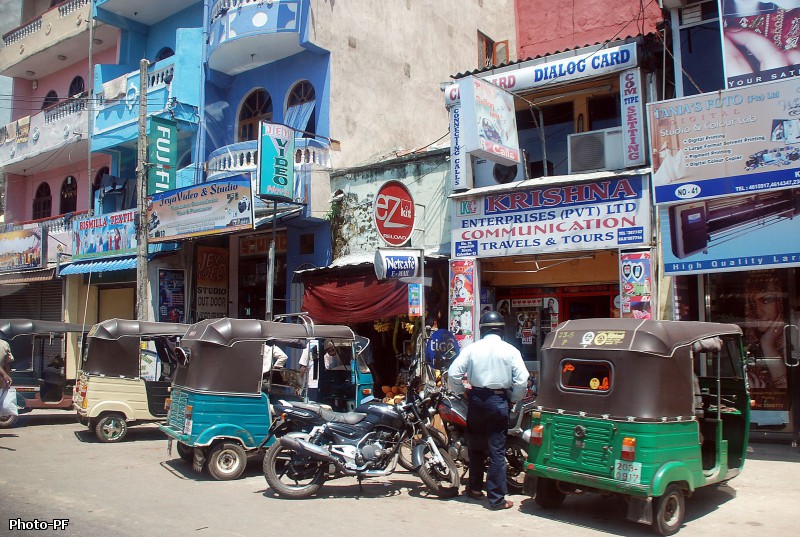
There are temples in the city and other religions. In the city do a lot of temples, mosques and cathedrals.
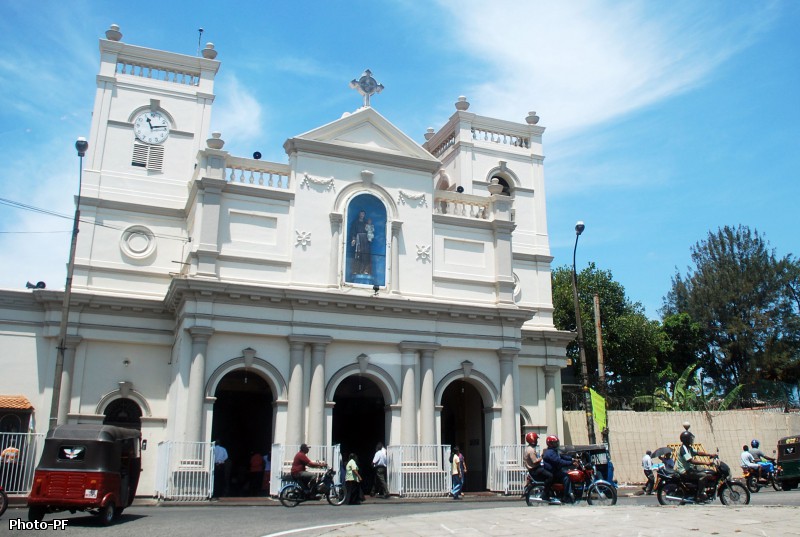
The most famous temple of Kelaniya Raja Maha Vihara. Kelaniya Temple is a fine example of Sinhalese art and architecture. The modern church was built early last century and the first historical mention of the temple belongs to the III. BC. The frescoes that adorn the walls of the temple, tell stories of the many lives of the Buddha, the Buddha visited the temple, the myths and legends.
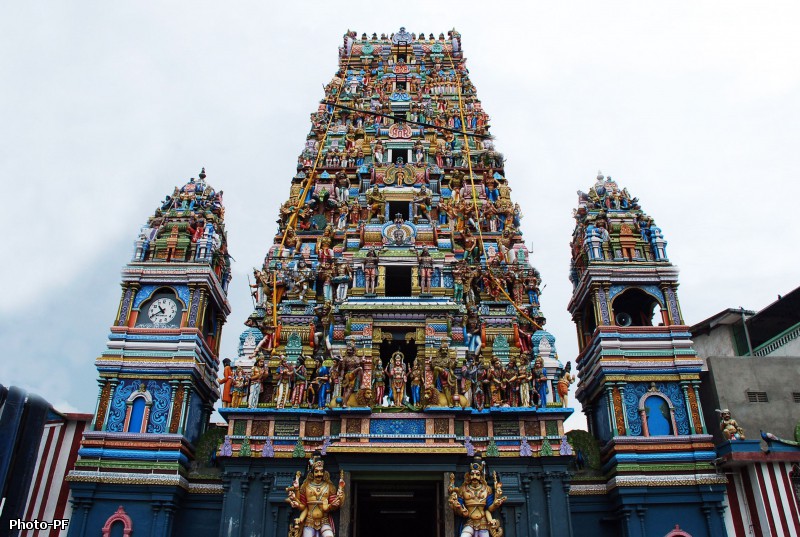
Similar things can be looking at the clock, so many parts to them, and they are so skillfully made and presented. Sometimes, just for photos later you can see something interesting and not usual.


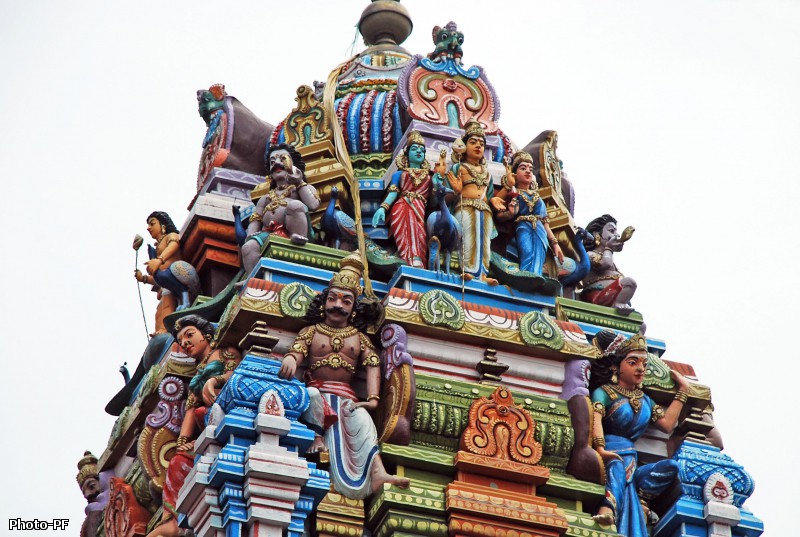
Where without beggars, usually of a much larger, but only one seen here, and he does not engaged, just arrogantly seen the world around him: -)
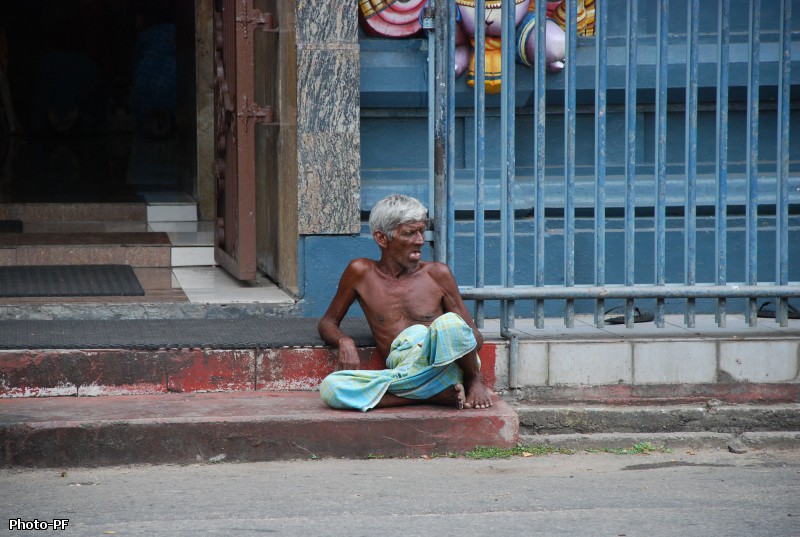
Not far from our hotel was another temple, situated directly on the pond, the name of it, unfortunately I do not remember it.
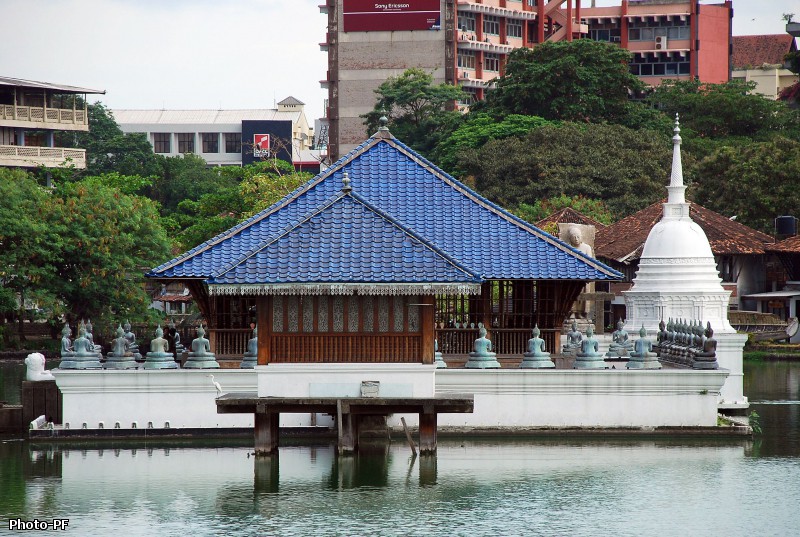
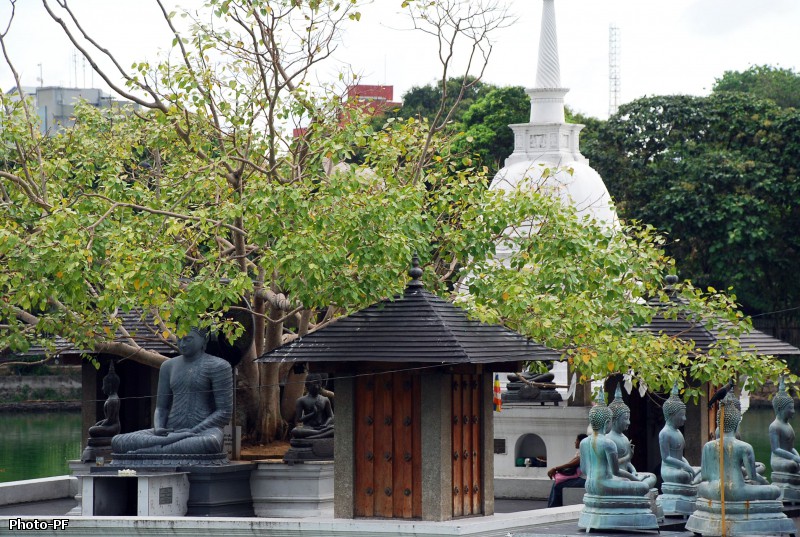
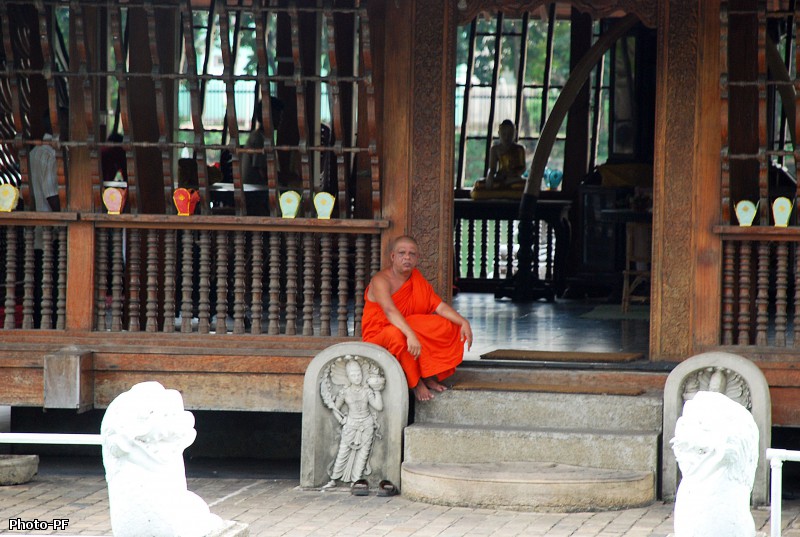

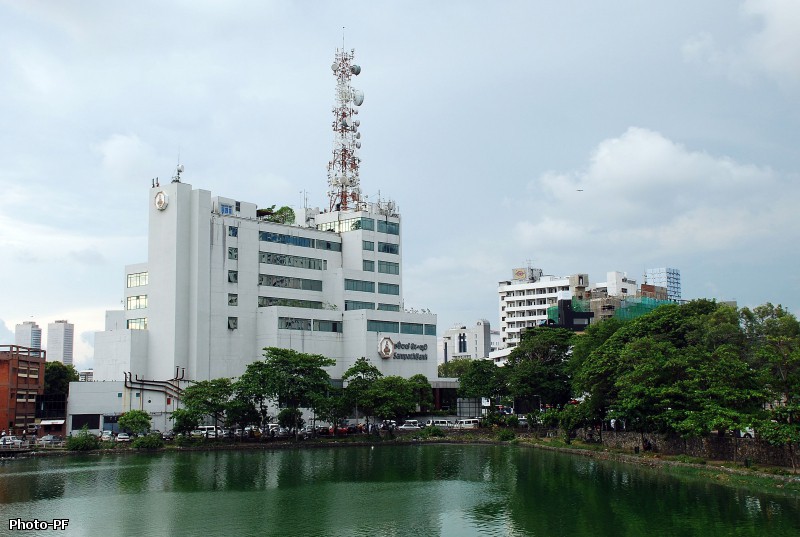
On the beach, when you are near the temple, it is necessary to die to grow somewhere in a secluded place that no one saw, and do not grow up!
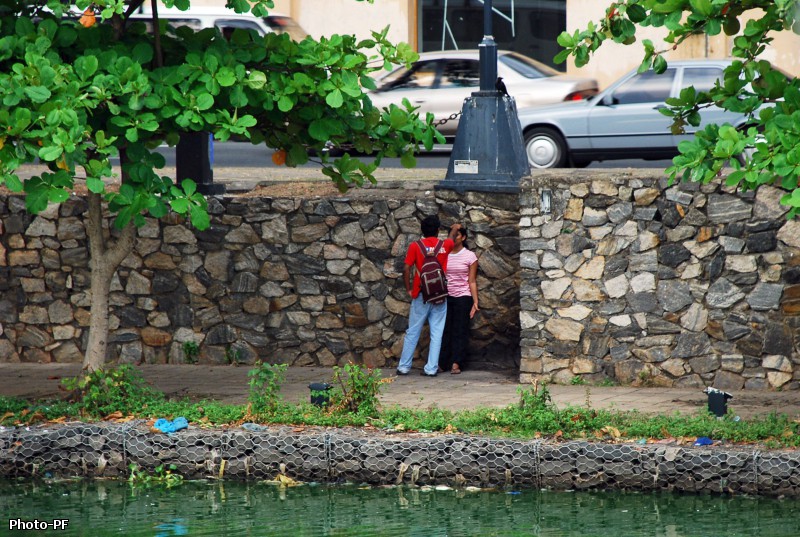
Could be wrong, but, in my opinion, this is the Parliament of Sri Lanka, people in the know even corrected.

Necessarily with the state flag. Incidentally, one of the most interesting flags that I encountered. Flag this version was adopted in 1978. It was originally the flag of the kingdom of Kandy, which was a red field with gold lion, holding a sword in his paw ("Sinhala lion"). In 1951, the flag was added to the green and orange stripes, symbolizing the Muslim and Hindu minorities, respectively, and the red box represents the Buddhist majority. In 1972, when the country was renamed Sri Lanka, four leaf of the sacred Buddhist paypul tree (or tree fogovoe) were added to the corners of the red field. The leaves symbolize love, compassion, understanding and self-control.

Across the road, opposite the Parliament's central park, with avenues, fountains and other structures.
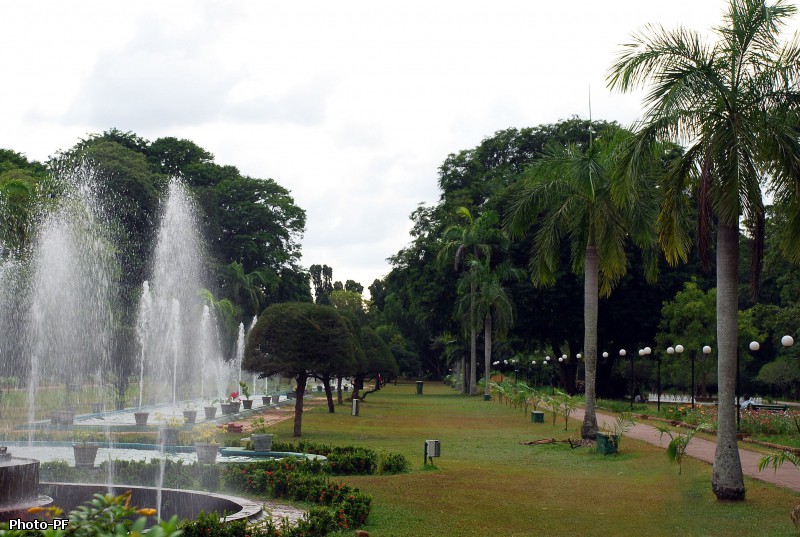

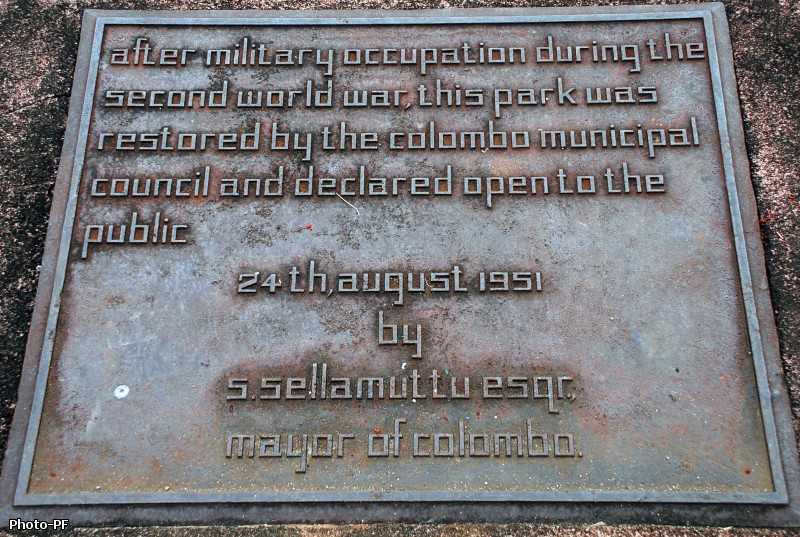
I liked that on almost every corner can be refreshed "glass" coconut "milk" with a straw!
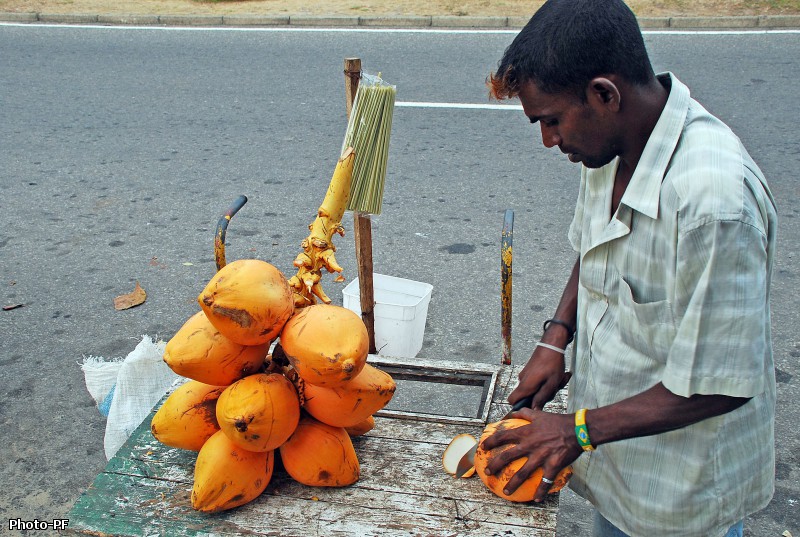

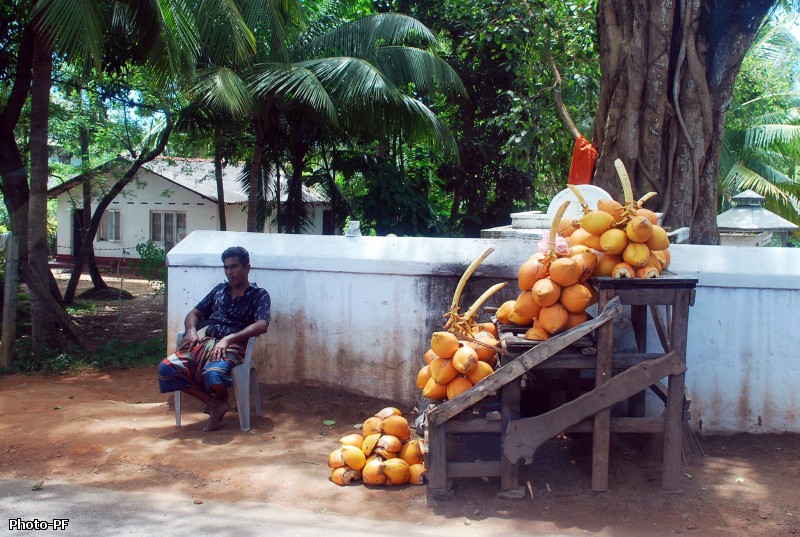
This is something like a memorial avenue, bas-reliefs on the ceiling, sit mythical history of the origin of Sri Lanka.
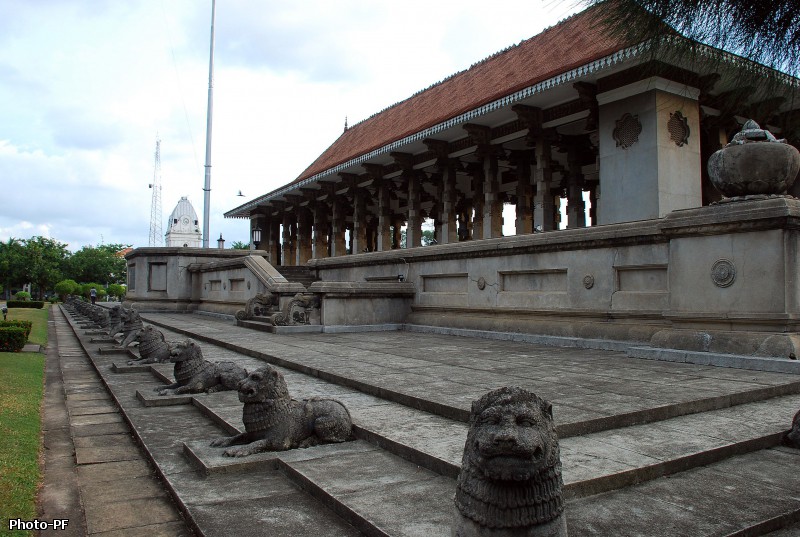

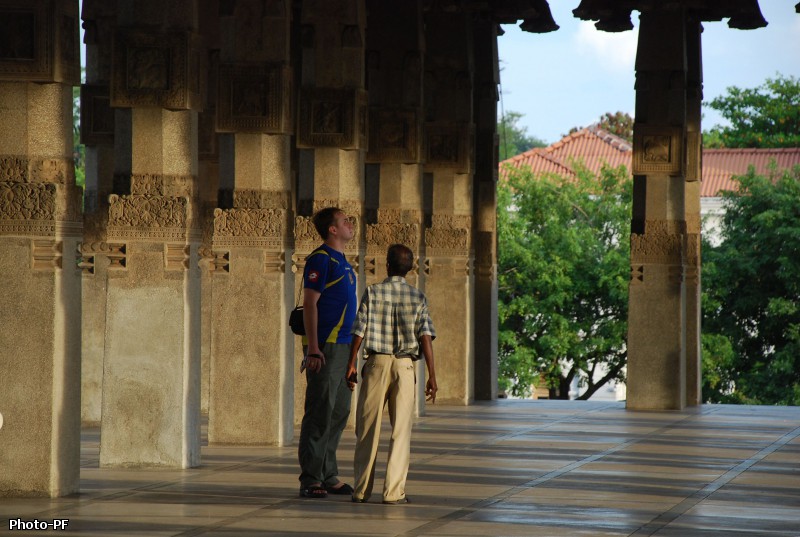
In general, the city itself is enough green and cozy, it has a lot to see and where to walk, the capital, after all.
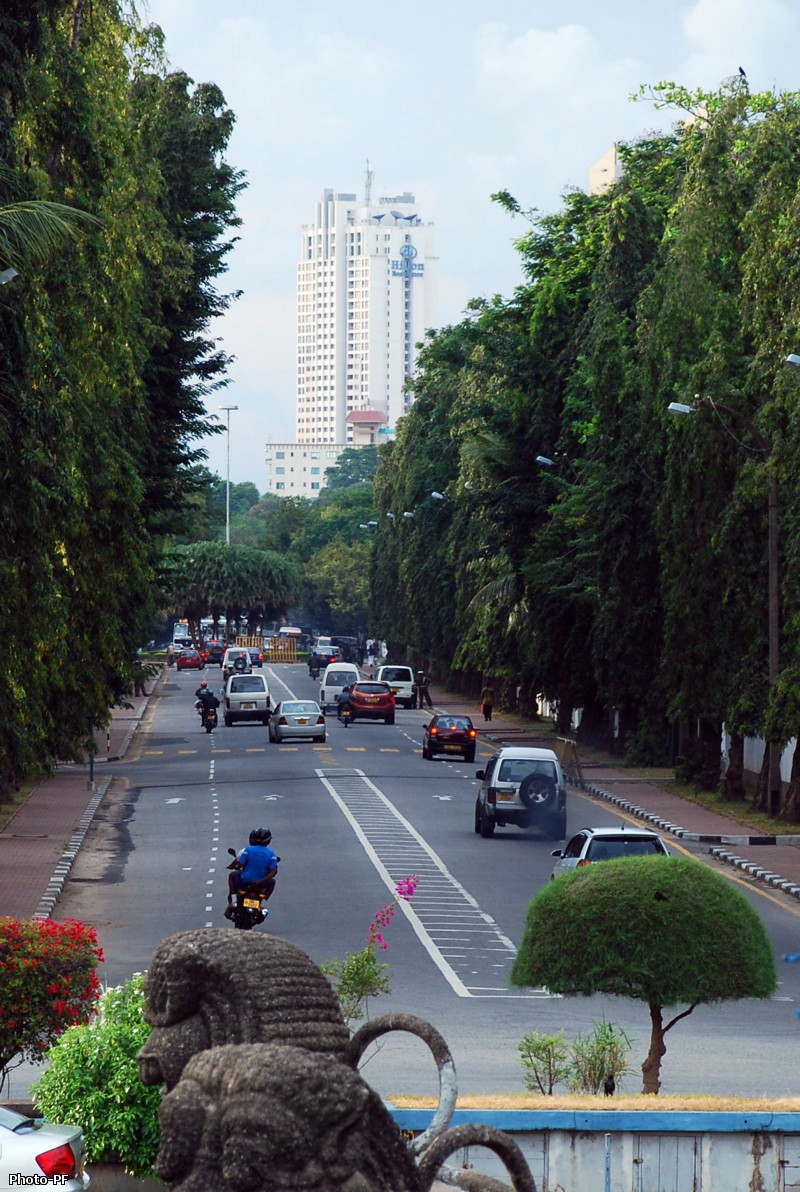
Everywhere mere Che!
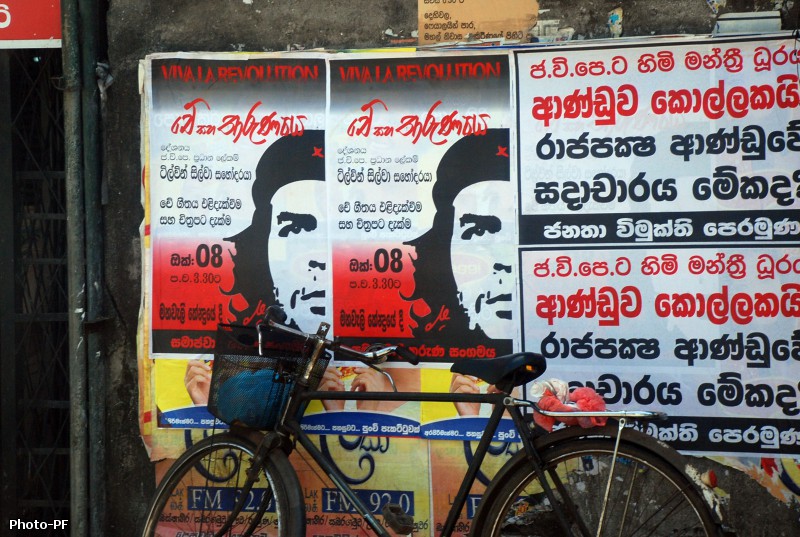
Some garage serves as a store.
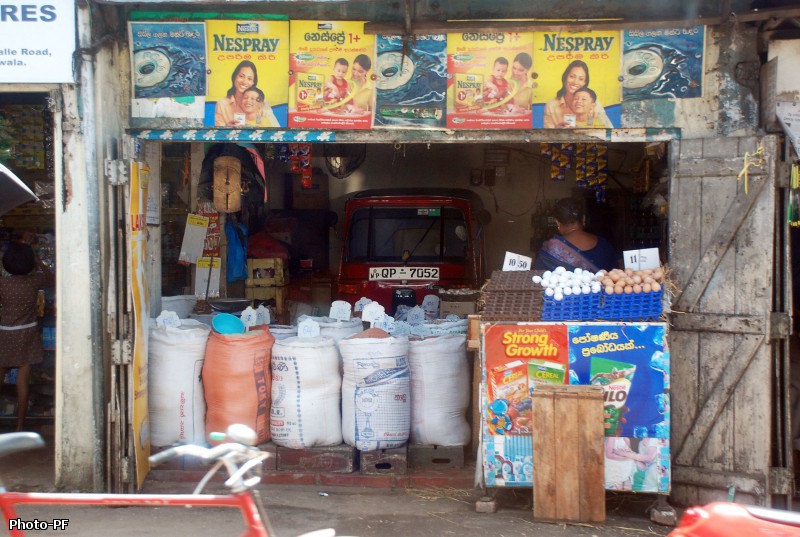
Despite the heat, some brave riders openly freeze.
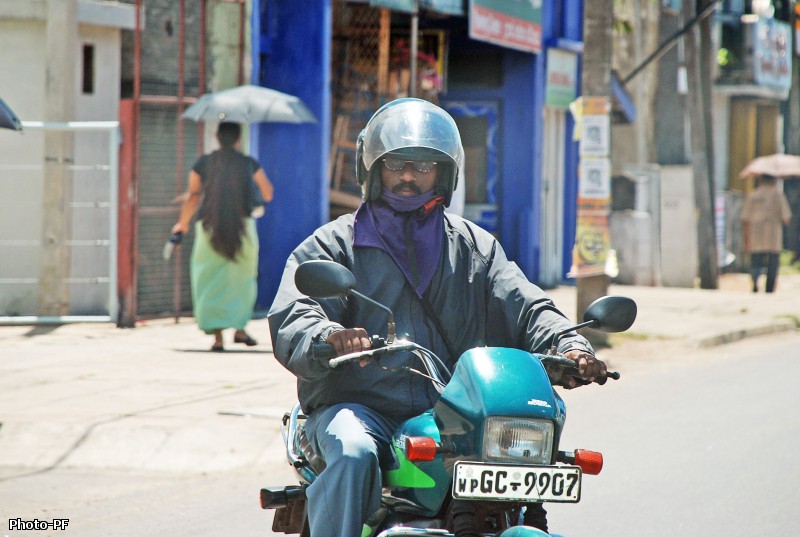
National lottery ticket. Who knows, maybe it's next millionaire! : -)
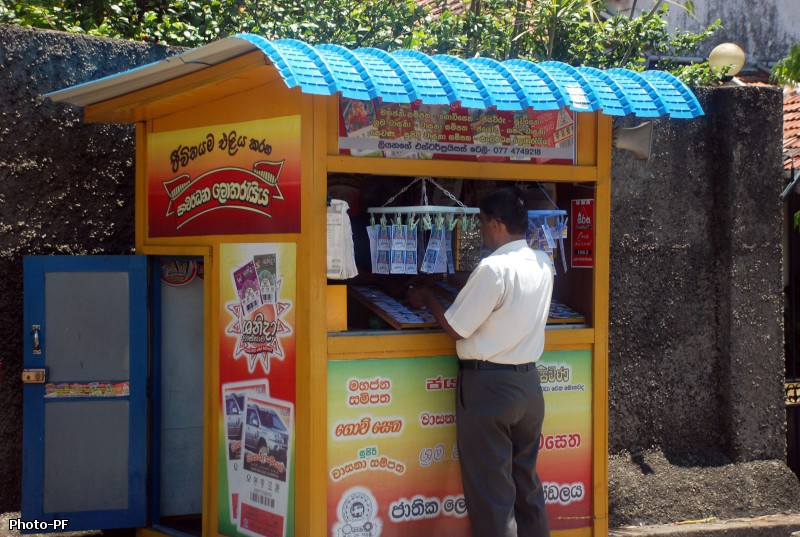
Mail, telephone and telegraph, all in one place is very convenient for the revolutionary invaders do not have to run around the city.
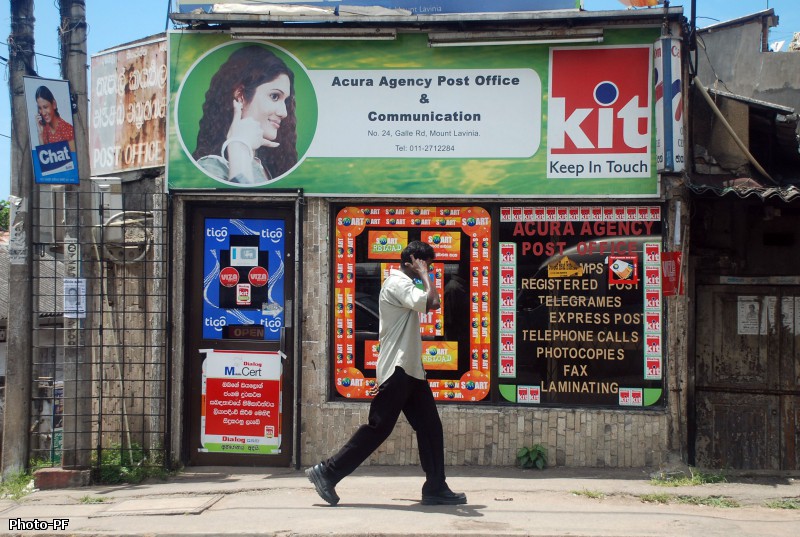
The shopping center, a smaller version
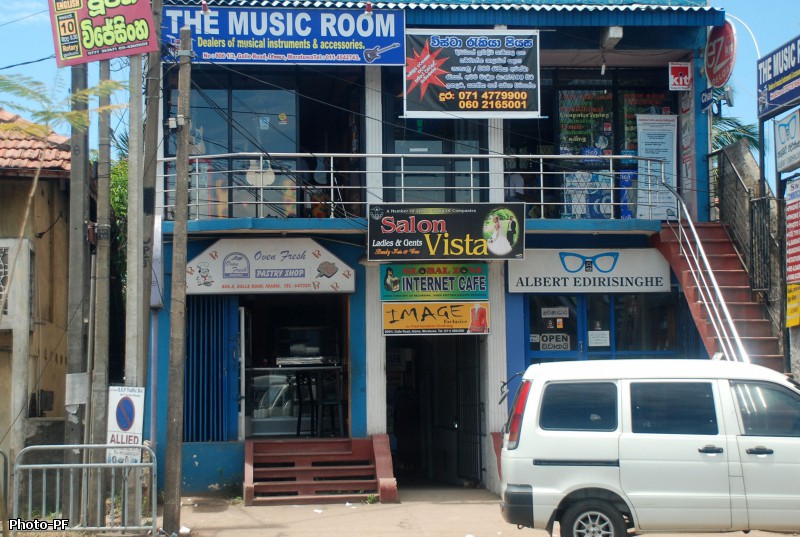
Bus station
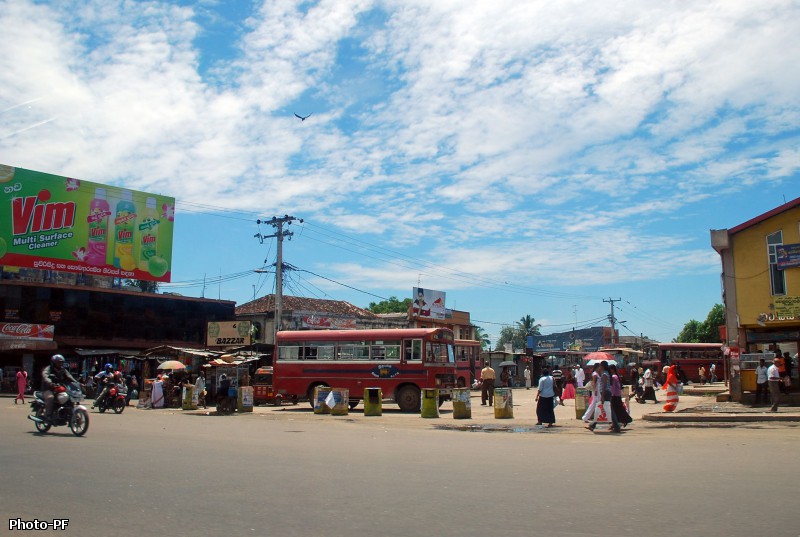
It's already on the outskirts of the city. And on the horizon - the sea-ocean!
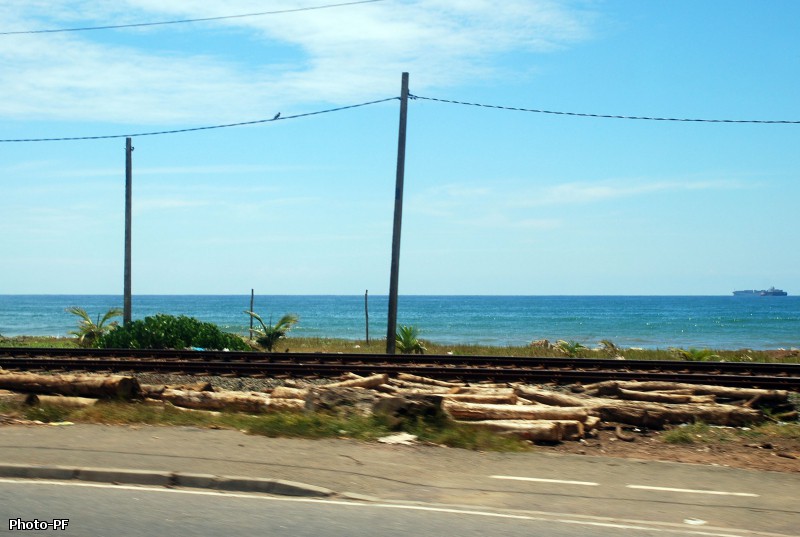
To be continued ...
You received this message because you are subscribed to the Google Groups "kl-bogel" group.
To post to this group, send email to kl-bogel@googlegroups.com
To subscribe or unsubscribe at http://groups.google.com.my/group/kl-bogel/subscribe
For more options, visit this group at http://groups.google.com/group/kl-bogel?hl=en
Sebarang email pertanyaan, hantar kepada abangmod@gmail.com
Comments
Post a Comment